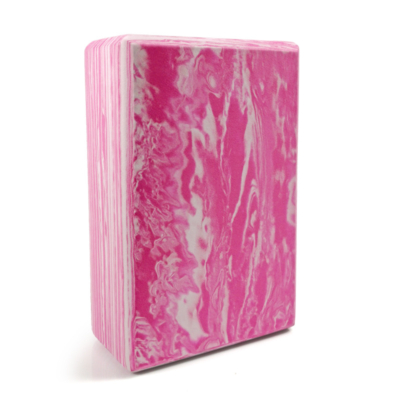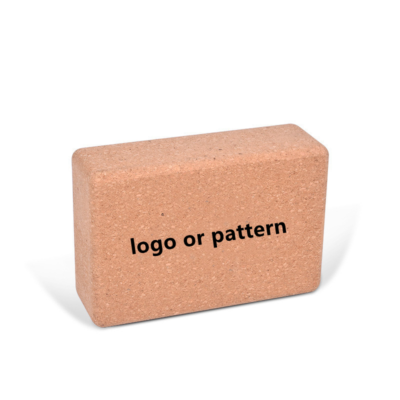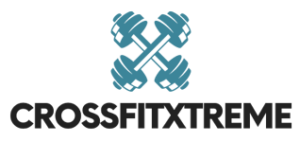Yoga Blocks
1. Versatile Selection – Choose from EVA foam, cork, and bamboo yoga blocks to suit various preferences.
2. Personalized Branding – Customize colors, logos, textures, and packaging to align with your brand’s identity.
3. Enhanced Stability & Comfort – Designed to provide optimal support and balance during yoga sessions.
4. Competitive Factory-Direct Pricing – Enjoy cost savings with bulk orders and low minimum order quantities.
5. Efficient Global Fulfillment – Benefit from our robust manufacturing capabilities and reliable worldwide shipping.
What is a yoga block ?
A yoga block is a lightweight, versatile prop commonly used in yoga practice to provide support, stability, and assistance in various poses. It is typically made of dense foam, cork, or wood and comes in a rectangular shape with beveled edges for added comfort.
Yoga blocks can be used in multiple ways to help deepen your yoga practice:
- Support: Yoga blocks can provide support in poses that may be challenging due to limited flexibility or strength. For example, placing a block under your hand in Triangle Pose can help you maintain proper alignment and balance if you’re unable to reach the floor.
- Alignment: Using a yoga block can help improve your alignment in certain poses by providing a point of contact or reference. For instance, placing a block between your thighs in Bridge Pose can help keep your knees hip-width apart and encourage proper alignment.
- Deepen stretches: Incorporating a yoga block into your practice can help you deepen your stretches by providing extra height or leverage. This can be especially helpful for tight muscles or stiff joints.
- Stability: Yoga blocks can be used to increase stability in balancing poses, allowing you to focus on building strength and flexibility without compromising your balance.
- Modify poses: A yoga block can be used to modify poses based on your individual needs or limitations. For example, using a block under your hips in Pigeon Pose can provide additional support and ease pressure on your knee.
- Restorative practice: In restorative or Yin yoga, a block can be used to support your body in passive poses, allowing you to release tension and relax more deeply.
To get the most out of your yoga block, choose a material and size that best suits your needs and preferences. Foam blocks are lightweight and offer a softer surface, while cork and wood blocks are firmer and more durable. When using a yoga block, prioritize proper alignment, and listen to your body’s signals to avoid overstretching or straining. If you’re new to yoga or unsure how to use a yoga block in your practice, consider working with a certified yoga instructor or following instructional videos for guidance.
Benifits of yoga block?
Yoga blocks offer numerous benefits for practitioners of all levels, helping to enhance and deepen their yoga practice. Some key benefits of using a yoga block include:
- Improved alignment: Yoga blocks can help you maintain proper alignment in various poses by providing support and stability, reducing the risk of injury and promoting better posture.
- Increased flexibility: Using a yoga block can help you gradually improve your flexibility by allowing you to access deeper stretches and modify poses based on your current range of motion.
- Better balance: Incorporating a yoga block into your practice can improve your balance by providing additional support and stability in challenging poses, allowing you to build strength and confidence over time.
- Muscle engagement: By using a yoga block as a point of contact or reference, you can encourage more effective muscle engagement and activation, leading to stronger and more stable poses.
- Customization: Yoga blocks allow you to tailor your practice to your individual needs and limitations, making yoga more accessible and enjoyable for practitioners of all levels.
- Reduced strain: By providing support and assistance in certain poses, yoga blocks can help reduce strain on your joints and muscles, allowing you to practice safely and comfortably.
- Restorative practice: In restorative or Yin yoga, using a yoga block can help support your body in passive poses, allowing for deeper relaxation and stress relief.
- Progression: As your flexibility, strength, and balance improve, you can gradually decrease your reliance on yoga blocks, allowing you to progress in your practice and challenge yourself further.
To fully reap the benefits of using a yoga block, it’s essential to choose the right material and size, prioritize proper alignment, and listen to your body’s signals. Always remember to respect your body’s limits and avoid pushing yourself too hard or too quickly.
How to use a yoga block?
Using a yoga block can enhance your practice by providing support, improving alignment, and helping you access deeper stretches. Here are some guidelines on how to use a yoga block effectively:
- Choose the right material and size: Yoga blocks come in various materials, such as foam, cork, or wood. Foam blocks are lightweight and offer a softer surface, while cork and wood blocks are firmer and more durable. Choose a material that suits your preferences and needs.
- Understand the different orientations: A yoga block can be used in three different orientations – flat (lowest height), on its side (medium height), or upright (tallest height). Choose the orientation that provides the appropriate level of support for your pose.
- Use it for support: Place the yoga block under your hand, foot, or other body parts to provide support in challenging poses. For example, in Triangle Pose, place the block under your bottom hand if you’re unable to reach the floor comfortably.
- Improve alignment: Use the yoga block to help maintain proper alignment in certain poses. For instance, in Bridge Pose, place the block between your thighs to keep your knees hip-width apart and encourage correct alignment.
- Deepen stretches: Incorporate the yoga block into your practice to deepen your stretches. In Seated Forward Bend, place the block on your legs and fold forward, resting your hands or forehead on the block to increase the stretch in your hamstrings and lower back.
- Increase stability: Use a yoga block to improve your balance and stability in challenging poses. In Half Moon Pose, place the block under your bottom hand to create a stable base and help maintain balance.
- Modify poses: Use a yoga block to modify poses based on your individual needs or limitations. In Pigeon Pose, place the block under your hips to provide support and alleviate pressure on your knees.
- Restorative practice: Incorporate a yoga block in restorative or Yin yoga to support your body in passive poses. In Supported Fish Pose, place one block under your upper back and another under your head to open your chest and encourage relaxation.
When using a yoga block, prioritize proper alignment and listen to your body to avoid overstretching or straining. If you’re new to yoga or unsure how to use a yoga block in your practice, consider working with a certified yoga instructor or following instructional videos for guidance.





